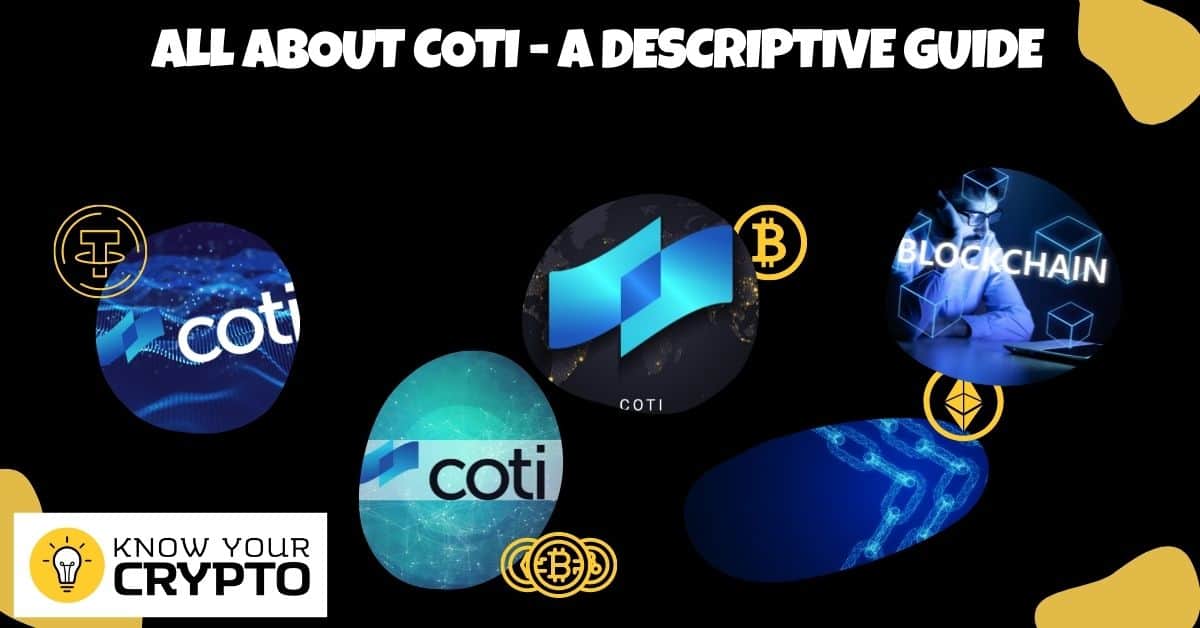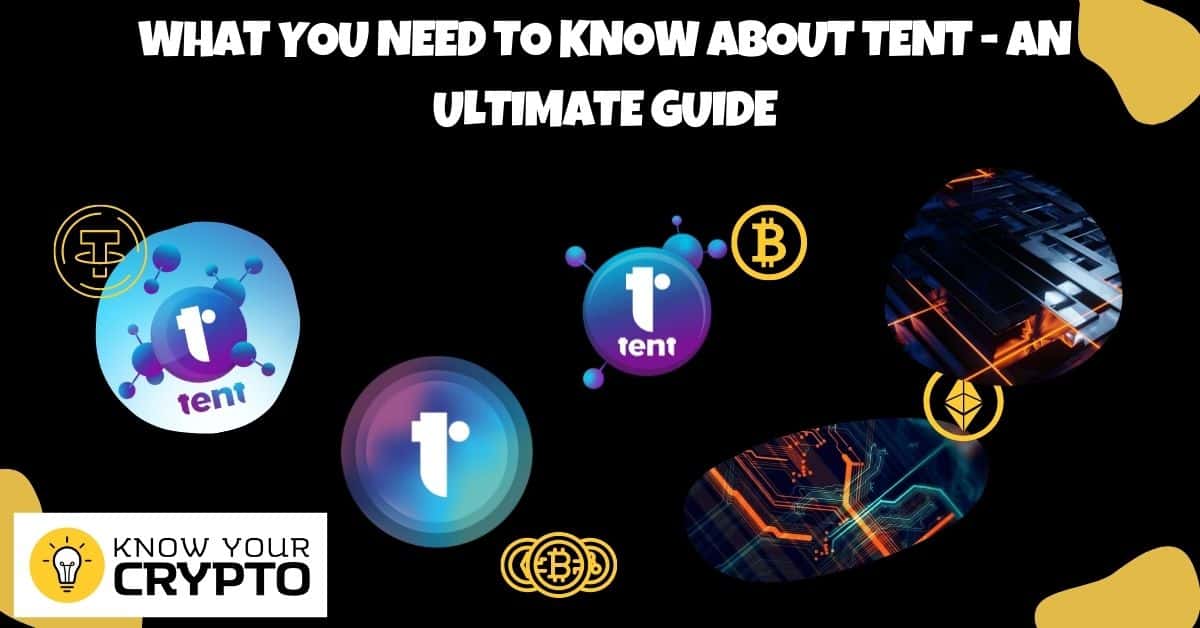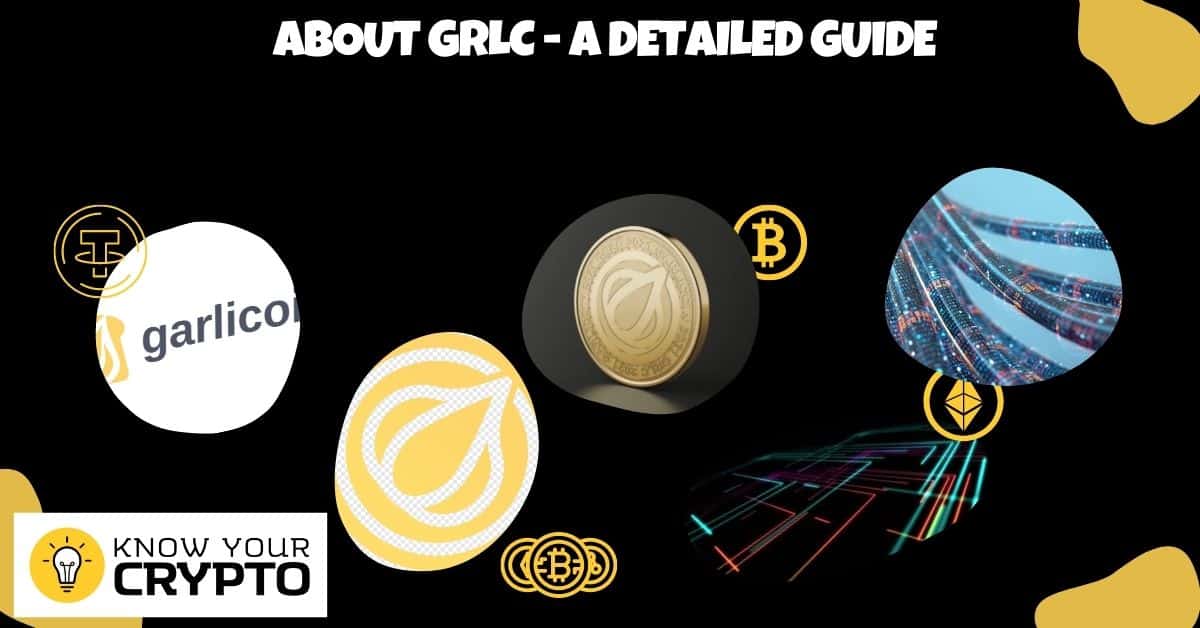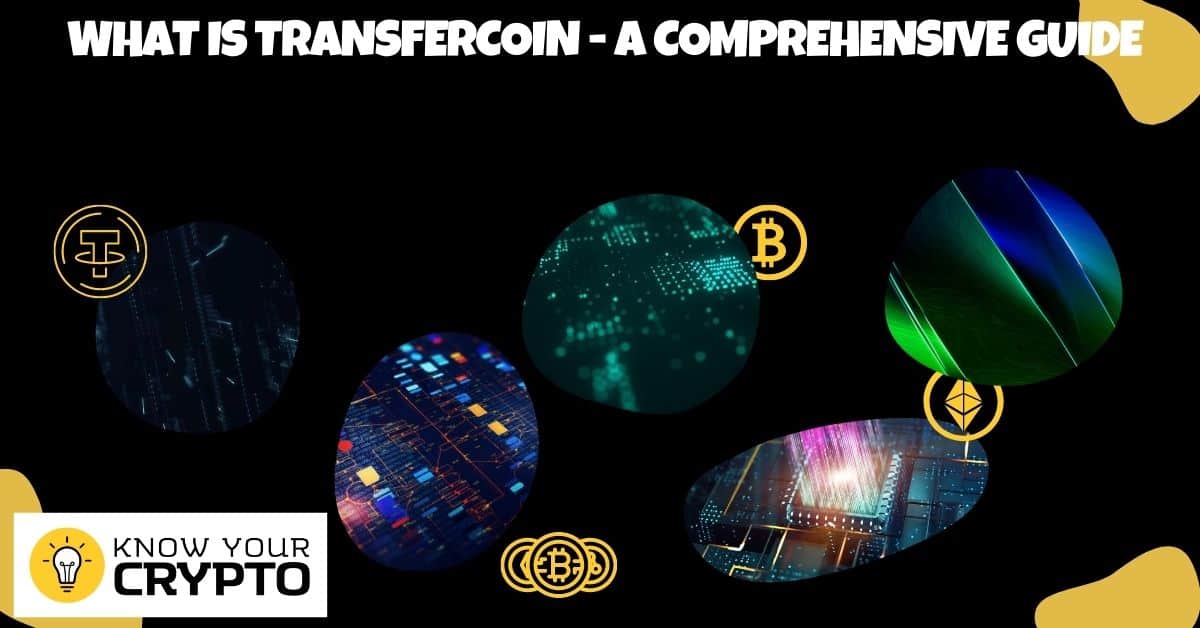Ethereum Classic is a decentralized platform that runs smart contracts: applications that run exactly as programmed without any possibility of fraud or third-party interference.
Ethereum Classic is a continuation of the original Ethereum blockchain – the classic version preserving untampered history; free from external interference and subjective tampering with transactions.
Ethereum Classic provides an immutable, censorship-resistant foundation upon developers to build upon.
What is Ethereum Classic and What are its Key Features
Ethereum Classic is a decentralized platform that runs smart contracts: applications that run exactly as programmed without any possibility of fraud or third-party interference. Ethereum Classic is a continuation of the original Ethereum blockchain – the classic version preserving untampered history; free from external interference and subjective tampering of transaction data. Ethereum Classic is Born out of ETH Hard Fork In 2016, the DAO (decentralized autonomous organization) raised $168 million to create a decentralized venture capital fund.
The funds would be managed by smart contracts on the Ethereum network. However, an attacker found a loophole in the DAO’s code and siphoned off $50 million worth of ETH into a child DAO. The Ethereum community decided to hard fork the Ethereum blockchain to refund the stolen ETH, but some members of the community believed this amounts to “bailing out” investors at the expense of immutability. These members continued on as Ethereum Classic, set on preserving immutable history.
Key Features of Ethereum Classic Decentralized Applications: DApps are distributed, open-source software that uses ETC smart contracts. Like regular apps, Dapps can be used for anything from managing digital assets to creating new markets or social networks.
However, because DApps are decentralized, they’re not subject to censorship or interference from third parties. Bitcoin Compatibility: While different from Bitcoin in many ways, ETC shares Bitcoin’s commitment to being a permissionless, trustless system that allows users to transact without needing to rely on intermediaries.
ETC is compatible with all Bitcoin wallets and can be traded on many popular cryptocurrency exchanges. Immutable History: As mentioned before, one of ETC’s key values is immutability – once something has been written to the blockchain it cannot be changed or removed. This makes ETC a powerful tool for things like asset tracking and auditing, as well as ensuring tamper-proof voting and governance systems. Practicality: ETC’s primary focus is on being a usable blockchain that meets the needs of real-world applications.
To this end, ETC has developed features like network sharding and cross-shard contract calls to make its blockchain more scalable and efficient than Ethereum’s current Proof-of-Work chain. Governance: One unique feature of ETC is its decentralized governance system. Rather than having a small group of developers making all decisions about protocol upgrades, all changes to the network are decided by consensus among ETC holders.
This ensures that everyone who uses or believes in ETC has a say in its future development. Because all changes are made through hard forks, anyone who doesn’t agree with a proposed change can continue using the old version of the blockchain if they so choose.
With strong support from both its developers and users, Ethereum Classic is well-positioned to become a major player in the cryptocurrency space. Its combination of decentralization, immutability, and practicality make it an appealing choice for both developers and users alike. And with its focus on attracting real-world applications, ETC could soon become the go-to platform for powering the next generation of decentralized applications.
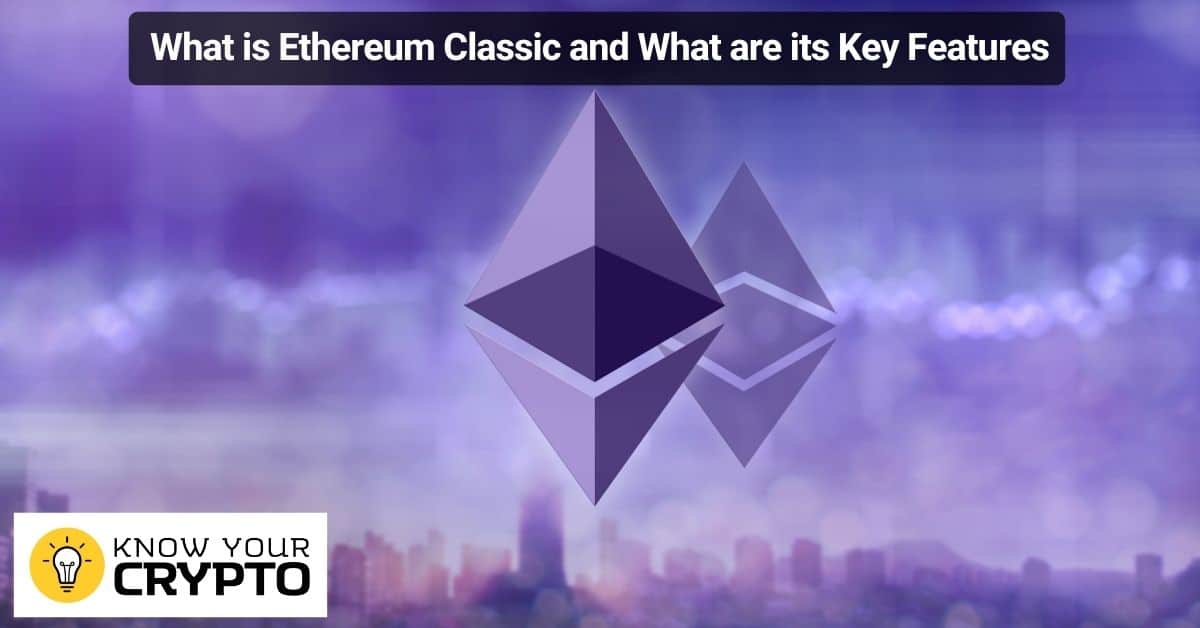
How did Ethereum Classic Come About and Why Is It Controversial
Ethereum Classic is a decentralized platform that runs smart contracts: applications that run exactly as programmed without any possibility of fraud or third-party interference. Ethereum Classic is a continuation of the original Ethereum blockchain – the classic version preserving untampered history; free from external interference and subjective tampering of transactions. Ethereum Classic came about as a result of a community fork following the DAO hack in 2016.
The DAO was an autonomous organization built on the Ethereum blockchain that raised $150 million USD through a token sale to fund the development of decentralized applications (DApps). The DAO was hacked, and one-third of its funds were stolen. The Ethereum Foundation decided to hard fork the Ethereum blockchain to undo the theft, but this decision was controversial. Some members of the community believed that hard forking would be against the principles of immutability and censorship resistance that are key to blockchain technology.
As a result, they continued to mine the original blockchain, creating Ethereum Classic. While it is technically a different cryptocurrency from Ethereum, it shares many of the same features and is compatible with Ethereum’s software ecosystem. Ethereum Classic is controversial because it represents a disagreement within the Ethereum community about how to handle a critical security issue.
Some members of the community believe that hard forking goes against essential principles of blockchain technology, while others believe that it is necessary in order to protect user funds. The debate between these two factions continues today, and both sides have valid arguments. Only time will tell which approach will ultimately prevail.
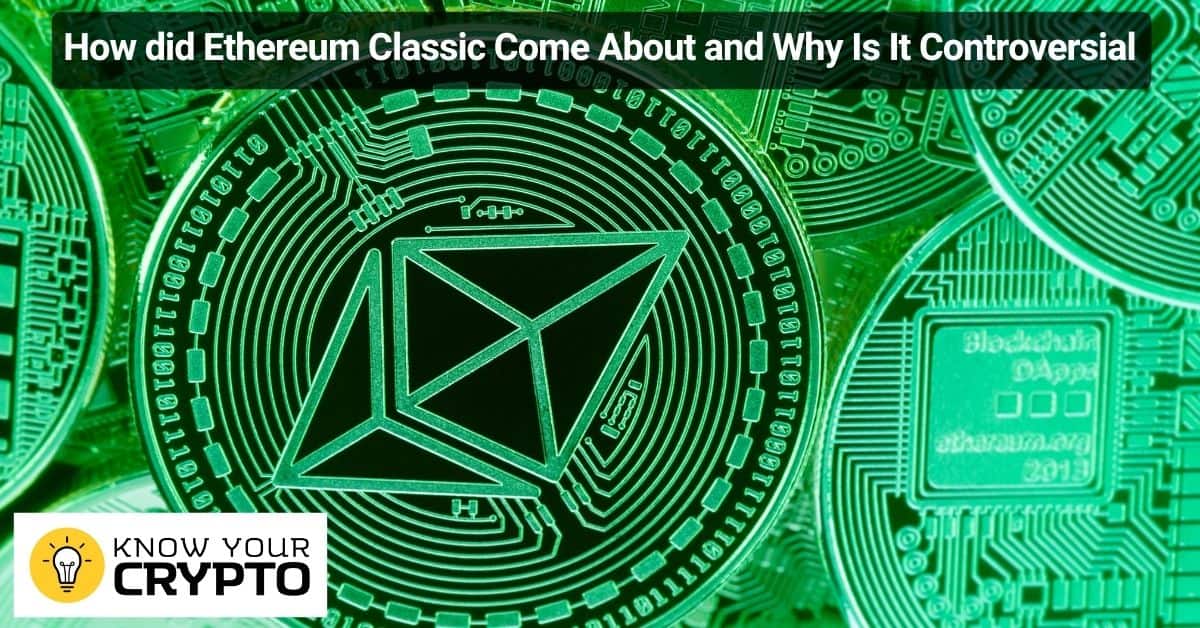
How to Buy Ethereum Classic
Ethereum Classic is a decentralized platform that runs smart contracts: applications that run exactly as programmed without any possibility of fraud or third-party interference. Ethereum Classic is a continuation of the original Ethereum blockchain – the classic version preserving untampered history; free from external interference and subjective tampering of transactions.
Ethereum Classic is unique in that it is one of the few cryptocurrencies that are not only decentralized but also immutable. This means that once a transaction has been made on the Ethereum Classic blockchain, it cannot be altered or reversed. For this reason, Ethereum Classic has attracted the attention of developers and investors who value security and immutability above all else.
If you’re interested in purchasing Ethereum Classic, there are a few things you’ll need to do first. First, you’ll need to set up a cryptocurrency wallet that supports ETC. Next, you’ll need to purchase some Bitcoin or another cryptocurrency that can be exchanged for ETC. Finally, you’ll need to find a reputable exchange that supports Ethereum Classic trading. Once you’ve done all of this, you’ll be ready to buy ETC!
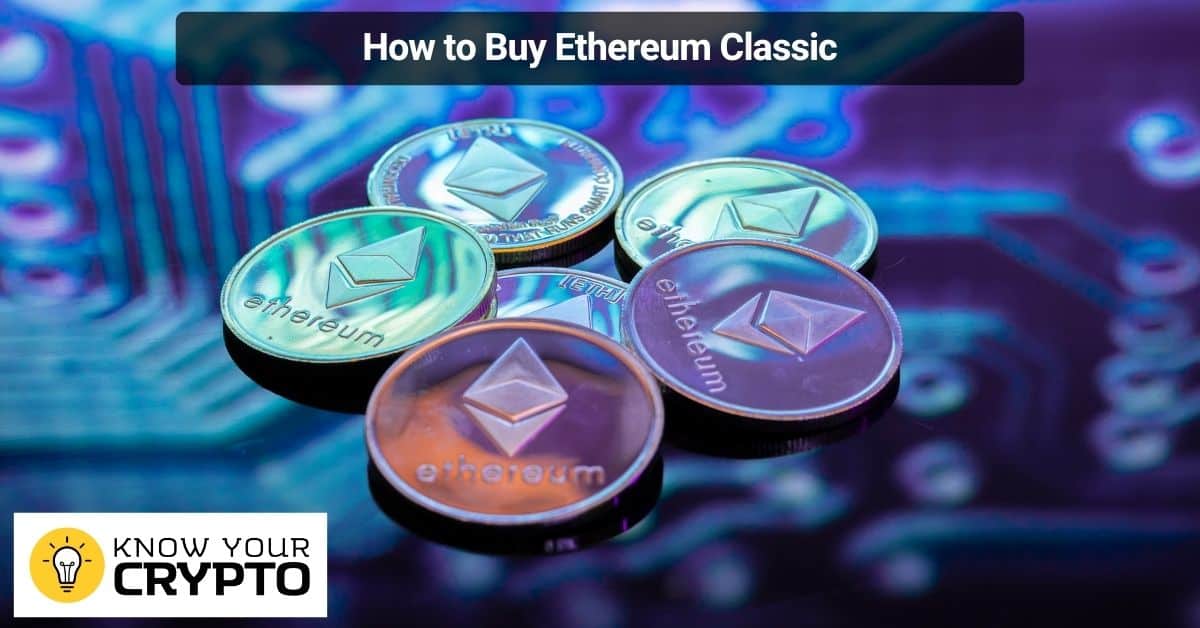
How to Store Ethereum Classic
Ethereum Classic is a decentralized platform that runs smart contracts: applications that run exactly as programmed without any possibility of fraud or third-party interference. Ethereum Classic is a continuation of the original Ethereum blockchain – the classic version preserving untampered history; free from external interference and subjective tampering of transactions.
Ethereum Classic is stored and transferred using wallets. There are many types of wallets available for storing Ethereum Classic. The most popular ones are listed below. If you want to store your Ethereum Classic on an exchange, please refer to this page for more information https://ethereumclassic.org/wallets-exchanges/.
Official Wallet: The official Ethereum Classic wallet, Mist, can be downloaded from https://ethereumclassic.org/. The current version (0.9.3) is available for Windows, OS X, and Linux. Please note that if you use Mist for ETC you will need to specify the main network URL in the mist application: mainnet: https://ethereumclassic.network/ or telnet: https://morden.etcdevteam.com/.
ETCDEV Team Wallet: The open-source ETCDEV Team wallet, Classic Ether Wallet, can be downloaded from https://github.com/ethereumproject/etherwallet/releases/latest/. The current version (v3.11.2) is available for Windows, OS X, and Linux and as a Google Chrome extension. You can also use MyEtherWallet with ClassicEtherWallet by following these instructions https://kbettelen.github.io/blog/2017/08/07/myetherwallet-with-etc/. Please note that if you use MyEtherWallet with ETC you will need to manually enter the main network contract address when sending transactions: Mainnet ETC Contract Address 0x4De0b5e1e4dbe24c5da7caa749960b12f2d761ASM (this checkbox must be checked when sending transactions).
Alternatively, you can select the box that says “I’m sure I’m on the ETC CHAIN” which will set this automatically for you (however please double-check it!). If you have ETH as well as ETC in your wallet make sure to set the correct “Coin” in order before selecting a contract address!
Additional Information: Once you have selected a wallet please make sure to secure your accounts by following our security guide https://ethereumclassic.github.io/wiki/Security-Guide For further help and support please refer to our support channels https://ethereumclassic.org/#support.”
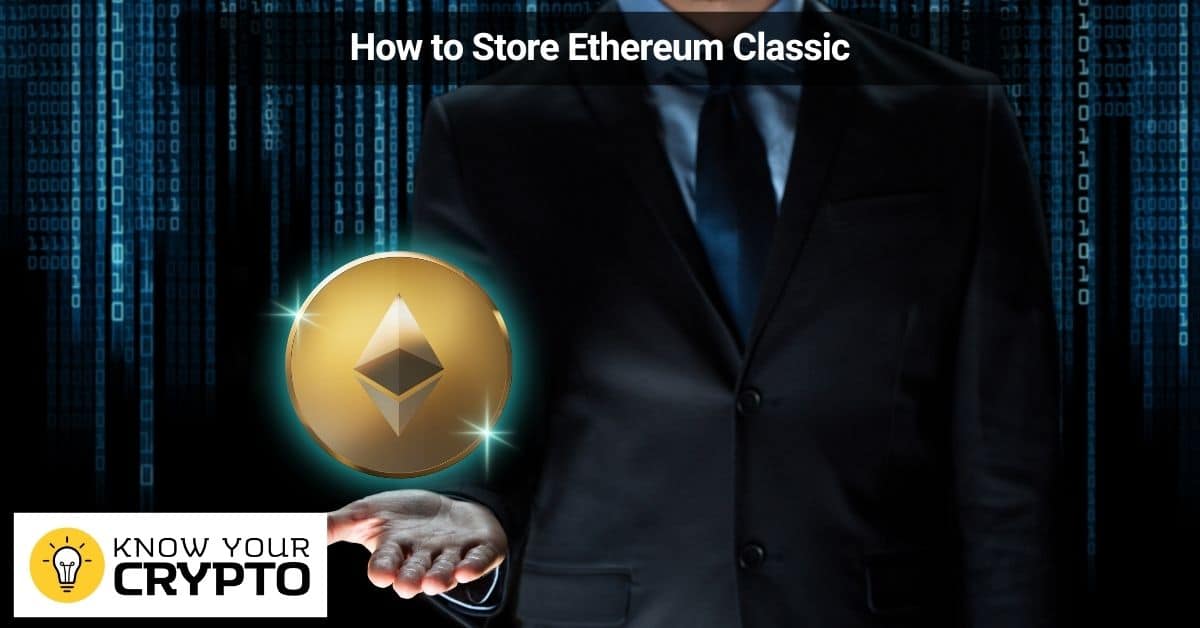
What’s the Future of Ethereum Classic
Cryptocurrencies are often hailed as the future of money, and Ethereum Classic is one of the leading contenders in this emerging industry. While its older sibling, Ethereum, has received most of the attention in recent years, Ethereum Classic has quietly built up a devoted following among cryptocurrency enthusiasts. So what’s the future of this digital currency?
There are a few factors that suggest that Ethereum Classic could have a bright future ahead. For one thing, it has maintained a strong community of supporters despite being overshadowed by Ethereum. This demonstrates that there is significant interest in the coin and a willingness to invest in its success. Additionally, Ethereum Classic has made some technical improvements over Ethereum, which could make it more attractive to developers looking to build decentralized applications. Finally, the recent launch of Coinbase Commerce could help to increase exposure for Ethereum Classic and spur its adoption by merchants.
Of course, predicting the future is always difficult, and there are no guarantees that Ethereum Classic will continue to thrive. However, there are reasons to be optimistic about its prospects, and it remains one of the most promising cryptocurrencies on the market today.
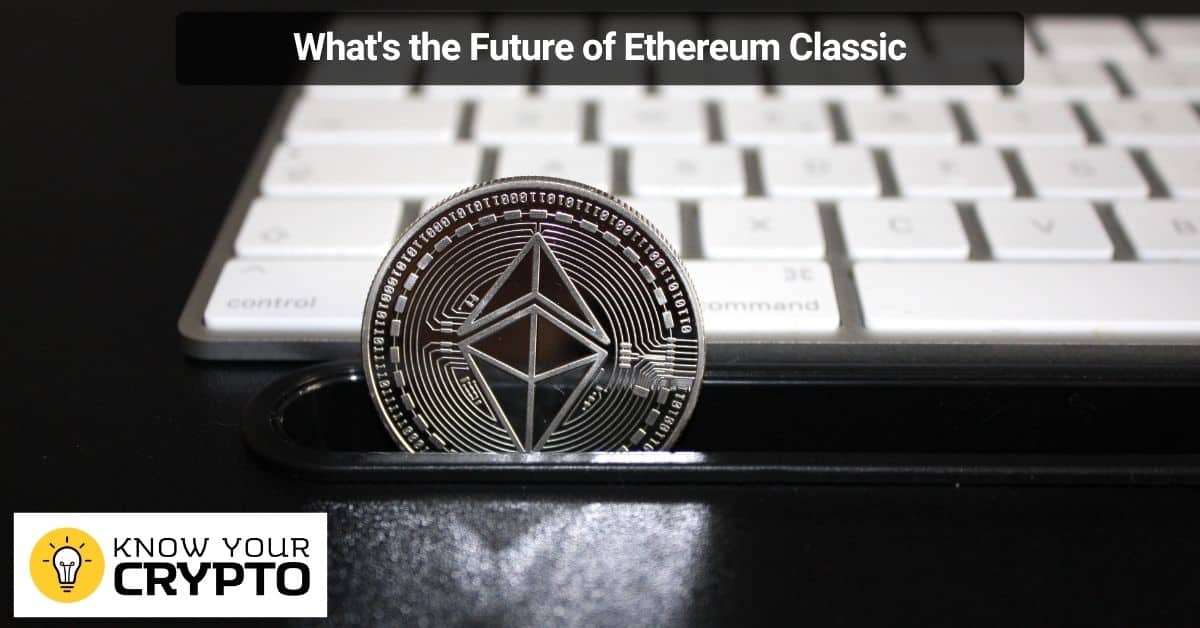
Comparison with Other Cryptocurrencies
Bitcoin is the oldest and most well-known cryptocurrency, but it is not the only one. In fact, there are thousands of different cryptocurrencies in existence, each with its own unique features and purpose. So, how does Bitcoin compare to some of its major rivals?
Ethereum is often described as the “bitcoin killer” due to its many innovative features. For instance, Ethereum’s blockchain is more flexible than Bitcoin’s, allowing for the development of smart contracts and decentralized applications. Ethereum also has a much faster transaction speed than Bitcoin, and its native currency, ether, is used by many organizations as a way to raise funds.
Ripple is another major competitor to Bitcoin. Ripple’s main selling point is its speed: it can provide near-instantaneous transactions at a fraction of the cost of other cryptocurrencies. Ripple is also more centralized than most cryptocurrencies, which some argue makes it more efficient. However, this centralization also means that Ripple is less decentralized than Bitcoin and thus more vulnerable to manipulation.
Ultimately, Bitcoin remains the most well-known and widely-used cryptocurrency, but it faces stiff competition from Ethereum and Ripple. While each currency has its own advantages and disadvantages, all three are likely to continue to play a major role in the world of cryptocurrency for years to come.
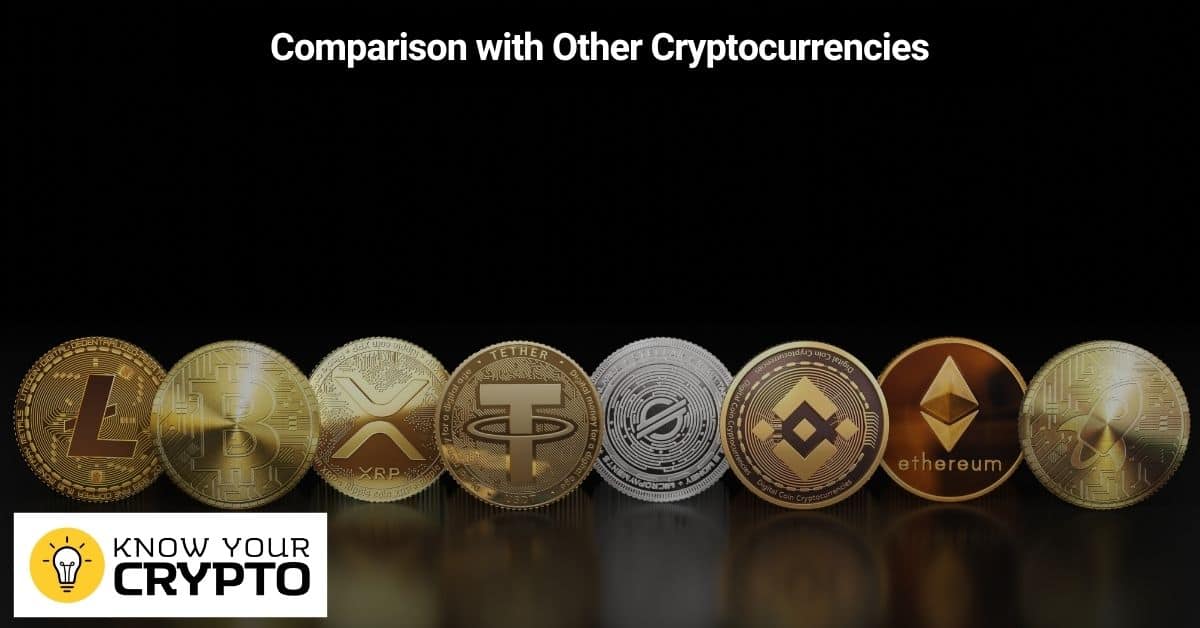
FAQs about Ethereum Classic
Unlike other blockchain platforms, Ethereum Classic is immutable, meaning that once a transaction has been recorded on the blockchain, it cannot be changed or reversed. This makes Ethereum Classic a powerful tool for developers who want to create applications that are resistant to censorship and fraud.
Ethereum Classic also has a native currency, called ETC, which can be used to power transactions and applications on the platform. In addition, Ethereum Classic supports smart contracts, which are programmable contracts that automatically execute when certain conditions are met. For example, a smart contract could be used to automatically distribute funds to multiple recipients based on predetermined conditions.
1. What is Ethereum Classic?
Ethereum Classic is a blockchain platform that enables developers to build decentralized applications. Unlike other blockchain platforms, Ethereum Classic is immutable, meaning that once a transaction has been recorded on the blockchain, it cannot be changed or reversed.
2. What is the native currency of Ethereum Classic?
The native currency of Ethereum Classic is called ETC.
3. What are smart contracts?
Smart contracts are programmable contracts that automatically execute when certain conditions are met.
4. How can I use Ethereum Classic?
Developers can use Ethereum Classic to build decentralized applications. ETC can also be used to power transactions and applications on the platform.
5. What’s the difference between Ethereum and Ethereum Classic?
The main difference between Ethereum and Ethereum Classic is that Ethereum Classic is immutable while Ethereum is not.
6. Who created Ethereum Classic?
There is no one person or organization who created Ethereum Classic – it was created through a fork of the original Ethereum blockchain.
7. How does Ethereum Classic stay secure?
The immutability of the Ethereum Classic blockchain helps to keep it secure from attacks and censorship.
8. What happens if I lose my ETC?
If you lose your ETC, you will not be able to recover it unless you have a backup of your private key
9. Is there a limit to how much ETC I can have?
No, there is no limit to how much ETC you can have.
10. How do I get started with using Ethereum Classic?
If you want to start using Ethereum Classic, we recommend that you first learn about how blockchain works and then take some time to explore the different dApps that are available.
11 . Where can I find more resources about Ethereum Classic?
You can find more resources about Ethereum Classic on our website and in our online documentation. You can also join our community forum and chat with other members of the Ethereum Classic community.
12. How can I get involved with the development of Ethereum Classic?
We welcome anyone who wants to contribute their time and expertise to help us build the future of blockchains. If you’re a developer, we encourage you to check out our developer docs to get started building on top of Ethereum Classic. You can also join our Discord server and join the conversation in our developer channel. And if you’re not a developer but want to help contribute in other ways, check out our contribution guidelines.
13. Is there an Ethereum Classic foundation?
No, there is no formal foundation governing the development or promotion of Ethereum Classic but we do have an informal group of core devs who work on ICP protocol development as well as various members of the community who help with marketing and education efforts.
14. What exchanges list ETC?
Almost all major cryptocurrency exchanges list ETC including Coinbase, Kraken, Bitfinex, Binance, Huobi, OKEx, etc.
15. .How do I store my ETC?
Just like any other cryptocurrency, you store your ETC in a cryptocurrency wallet. We recommend using an official ETC wallet such as Coinomi or Trust Wallet for Android and iOS respectively but there are many others available as well.
16. Can I mine ETC?
Yes! Anyone can mine for ETC as long as they have a compatible GPU. Check out our mining guide for more information on how to start mining for ETC.
17. Why was classic hard forked from ETH?
The main reason for the hard fork was due to differing opinions on how the DAO should be handled following the hack in 2016 which resulted in $50 million being stolen from investors. Some members of the community felt that the funds should be refunded to investors while others believed that blockchain should remain immutable and all funds lost should be considered as part of investing in cryptocurrencies. This resulted in forking into two blockchains -ETH (which refunded investor funds) and ECP (which did not refund investor funds)with both continuing to continue under different namespaces
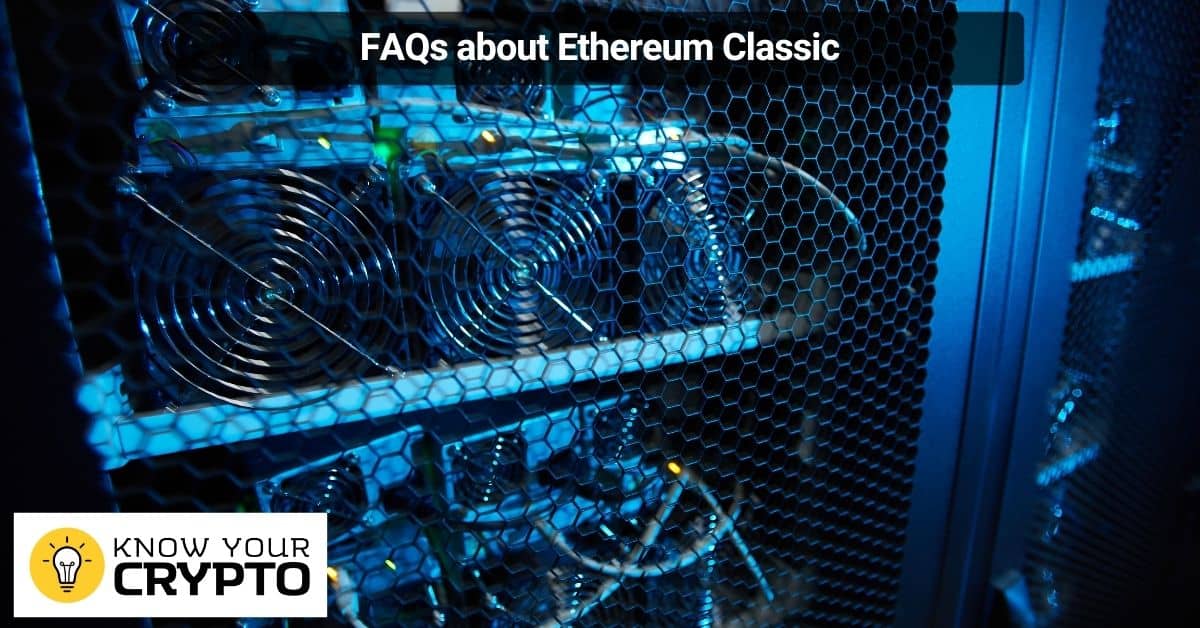
In conclusion
Ethereum Classic is a decentralized platform that runs smart contracts: applications that run exactly as programmed without any possibility of fraud or third-party interference. Ethereum Classic is based on the original Ethereum blockchain, but with a difference – it is immutable, meaning that changes cannot be made to the code once it has been uploaded to the network. This makes Ethereum Classic a more secure and censorship-resistant platform than Ethereum. Anyone can mine for ETC, and there are many wallets available to store ETC in. You can find more information about Ethereum Classic on our website or join our community forum to chat with other members of the community.


